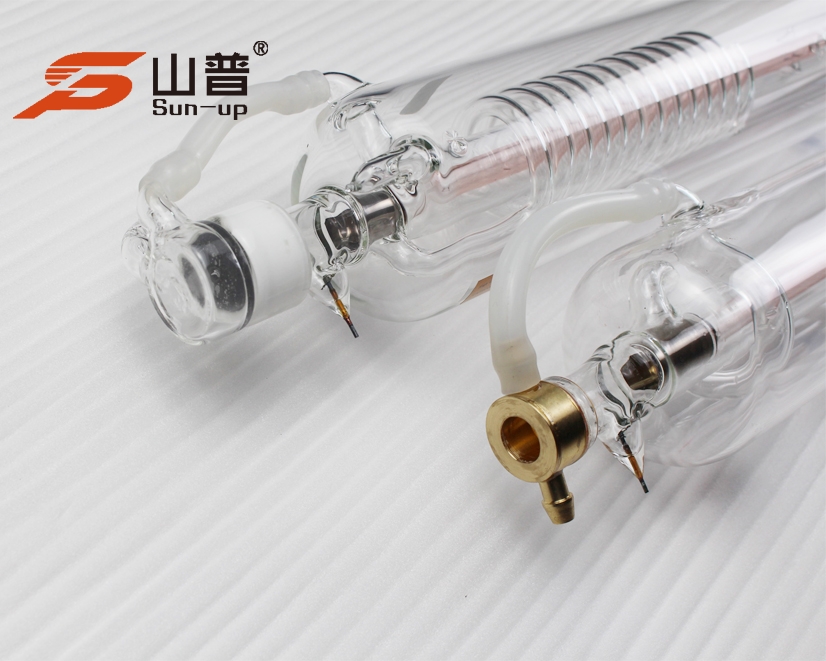Laser tube manufacturer of Shanghai Shanpu Laser Technology Co., Ltd
Since the late 1990s, researchers have been writing ultrashort pulses of femtosecond lasers into blocks with broadband gaps, usually insulators. However, up to now, it is impossible to write data with narrow band gap, such as silicon and other semiconductor materials. People have been committed to creating more conditions for the application of 3D laser writing in Silicon Photonics and the study of new physical phenomena in semiconductors, so as to broaden the huge market of silicon applications.
Recently, Margaux Chanal, a scientist from France, Qatar, Russia and Greece, published a paper entitled crossing the threshold of ultra fast laser writing in bulk silicon in the latest issue of nature communications. According to the paper, in the previous ultra fast laser writing test in silicon, the problem that femtosecond laser can not process bulk silicon in structure has been broken down. The selection of extreme Na value allows laser pulse to realize enough ionization to damage chemical bonds in silicon, resulting in permanent structural changes of silicon data.

In this experiment, scientists found that femtosecond laser can not process bulk silicon even if it can increase the laser energy to the maximum pulse intensity. However, when femtosecond laser is replaced by ultrafast laser, there is no physical limitation in the operation of induced bulk silicon structure. They also found that laser energy must be transmitted in a fast manner in order to minimize the loss of nonlinear absorption. Originally, the problem encountered in the previous work is due to the small numerical aperture (NA) of the laser, that is, the range of view that can be projected when the laser transmits and gathers. The problem of numerical aperture is solved by using silicon ball as solid immersion medium. When the laser is concentrated in the center of the sphere, the refraction of the silicon sphere is completely suppressed, and the numerical aperture is greatly added, so the problem of silicon photon writing is solved.
,
In fact, in the application of silicon photonics, 3D laser writing will greatly change the planning and preparation methods in the field of silicon photonics. Silicon photonics is regarded as the next revolution in microelectronics, which affects the speed of other data processing at chip level. The development of this 3D laser writing technology opens the door to a new world for microelectronics.
For more information about laser tubes, carbon dioxide laser tubes and so on, please contact the editor.










